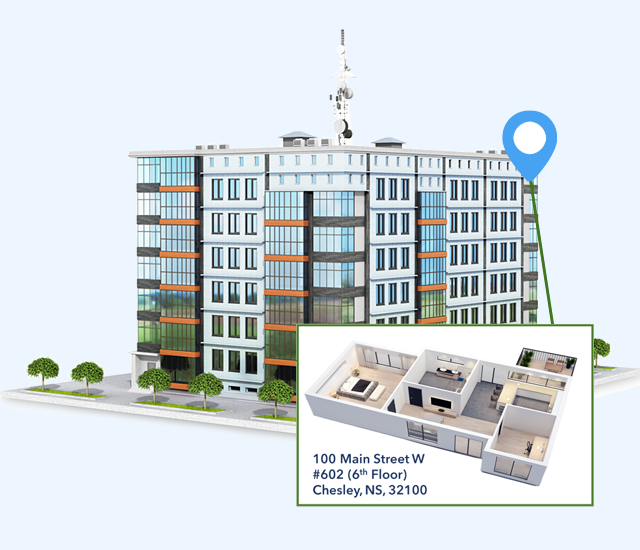Public Safety
Delivering Dispatchable Location for 9-1-1 and 112 Calls

Over 80% of emergency calls are from a mobile device, and the majority of those are from an indoor location.
The Federal Communications Commission (FCC) in the US regulates interstate and international communications by radio, television, wire, satellite, and cable in all 50 states, the District of Columbia and U.S. territories. It states that over 10,000 lives are lost annually because emergency call information doesn’t always include an accurate “dispatchable address”.
Dispatchable address or location is defined as “the validated street address of the 911 calling party, plus additional information such as suite, apartment, or similar information necessary to adequately identify the location of the caller.”
A similar number of lives are also lost due to call “misroutes” where emergency calls are directed to an incorrect dispatch center or PSAP jurisdiction, causing delayed response times.
To counter these concerns, as of August 2019, the FCC adopted a federal law known as the RAY BAUM’S Act. This Act requires non-fixed VoIP, TRS, and mobile text devices to provision automated dispatchable location with each 911 call if it is technically feasible to do so.
As in the US, the Emergency Number Network in the EU states that approximately 1000 lives are lost each year due to 112 location inaccuracies, and it’s predicted better location data would save 7500 lives over 10 years. The EU are also focused on improving 112 emergency calling, specifically via an update to a directive named 2018/1972 Article 109 from the European Electronic Communication Commission (EECC), declared on December 20th, 2022.
The EECC update is centred around improving the compatibility, interoperability, quality, reliability, and continuity of 112 emergency communications by:
Improving the accuracy and detail of an emergency caller's location to a public service answering point
Transition to an IP-based 112 emergency network (called Next Generation 112) from current landline systems
Providing equal access to 112 for disabled callers (accessibility for ALL)
Correctly routing mobile calls to PSAP in the same geographical area as the emergency
EML meets or exceeds all of these requirements
Having more accurate location information for emergency calls has now become a priority for many countries around the globe, and the implementation of ELi Technology’s “EML” Location would exceed compliance with both the Ray Baum Act and Article 109, enabling those services to save more lives.
EML Benefits to the Emergency Number Network:
Verified, authoritative dispatchable location, with floor level and room number
Secure, private, encrypted, dynamic data
Meets industry objectives for Next Generation (NG) emergency services
Existing infrastructure, limited hardware upgrades
Save more lives through faster more accurate responses
Learn More About EML
If you’d like to schedule an online demonstration of our EML technology, use the button below.